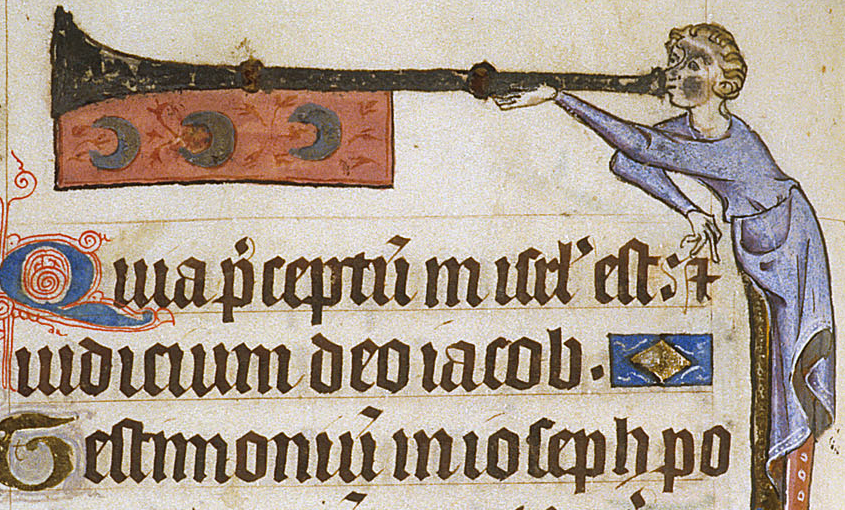
If you haven’t done so already, dear reader, you really should go read the blog posts that the students have been posting the past two weeks (and will continue to post for the next two). They are super-smart, and I’m looking at these Books of Hours in all sorts of new ways, thanks to my students’ insights.
But this post isn’t about their blog posts: it’s about their intellectual and pedagogical generosity. Today was the last day of our unit dedicated to Books of Hours — what they are, how they were constructed, and how they were used. We covered a ton of conceptual ground — about literacy, about temporality, about prayer, about textual variation — that these kinds of books open up, and I was constantly impressed by the suppleness of my students’ insights. At the same time, I was very aware of everything we were not discussing in class, much of which was more pragmatic, about the different sections of an individual horae. So we ended today’s class with a discussion about what we did not do in the unit, and how I can design the course better next time I teach it, to provide more continuity across units and more grounding for the basics of manuscript study with which we begin. And I tell you, I want this group to help me design all my courses. Their suggestions were pointed (structure the Manuscript Bootcamp around Books of Hours – don’t wait for Unit II), pragmatic (do more hands-on comparing of different Books of Hours in class), and detailed (make everyone use Anne Boleyn’s Hours as well as a second facsimile). Most importantly, they gave me a lot of insight into what a student who had never been exposed to medieval anything needed, from the course structure and from the assignments.
So this post is a big thank-you to this semester’s students. I know y’all are feeling daunted by the major project for this course on the Hargrett Hours – but you are going to totally rock it. You’re more ready to tackle this thing than you might think.